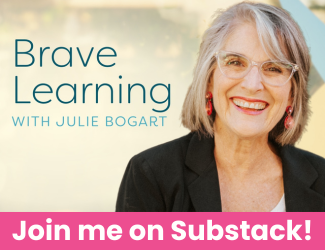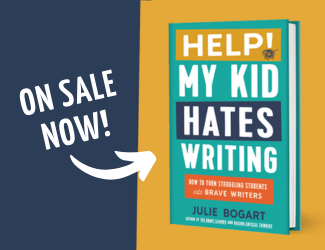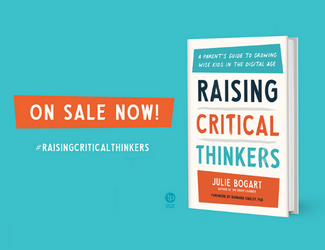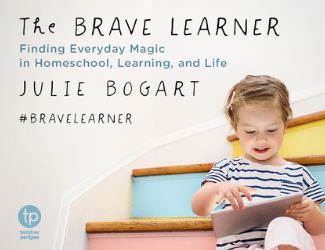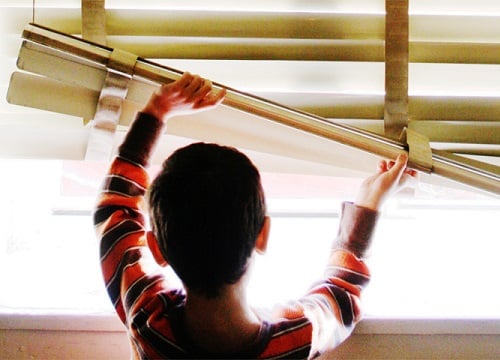 Image by wonderwoodleyworks (cc)
Image by wonderwoodleyworks (cc)
Quick! Look out the nearest window and describe everything you see. Go!
New to freewriting? Check out our online guide.
 Image by wonderwoodleyworks (cc)
Image by wonderwoodleyworks (cc)
Quick! Look out the nearest window and describe everything you see. Go!
New to freewriting? Check out our online guide.
Posted in Friday Freewrite | Comments Off on Friday Freewrite: View from a window

Next year, five years from now, when he turns 18—these are not important today. Today is important.
Today’s task is to be present to today, with your kids. You can’t know how it will all turn out. You can’t decide now, for instance, that you are training your child to be an engineer simply because she’s great at Legos and math. Just because you think your child has a shot at a scholarship via viola doesn’t mean the child ought to play viola.
When we script the future of our children, we miss valuable learning opportunities today. We might focus on ensuring a set of criteria (check boxes of subjects studied) rather than seizing a moment now, right in front of us.
For instance, one mother shared at the Brave Writer retreat about a kestrel nesting box her son and husband built together. The son became so immersed in this project, he learned how to hook up video cameras for live streaming to the Internet and now a birding organization is coming to “band” the family of kestrels that live in it!
Kestrel nest building, live Internet streaming, and banding take real time away from Latin roots or grammar books or the study of ancient Greek political thought. Not only that, just because this son became a mini expert in one aspect of birding doesn’t mean he is destined for ornithology as his career choice.
The experience of caring about kestrels is quite independent of scope and sequence, college entrance requirements, and grades.
Yet it is inextricably bound up in all the elements of learning—reading, study, planning, construction, caring, pondering, mulling things over, making mistakes, correcting mistakes, anticipation, predicting, sharing results, interacting with real organizations that care about the same material (in this case, birds), and the eventual satisfaction of “mastery” or accomplishment. That meta-experience (meta—meaning, the experience as template over the actual activity) of learning is what IS the education. This child is teaching himself how to learn, he’s teaching himself about the power of invested, sustained, self-directed attention in the direction of his interests and innate powers.
What couldn’t this boy do next?
And who’s to say what that will be?
There’s no need to telescope and think that the content is what mattered here. In fact, the opposite is true. What happened in this activity is that the child moved one step closer to knowing that when he wants something, he has all the powers within to make it happen.
THAT’S the goal of education. It is not the result of most traditional educations. It IS the result of many home educations, when we pause to acknowledge and value what is happening in front of our eyes.
That said: my kids never built a single thing we could photograph and frame. It’s difficult sometimes to see what’s being built.
Maybe they are playing chess or Wii bowling or Settlers of Catan and within each of those games, they are discovering the power of game strategy, calculated risk, the importance of details, the ability to imagine someone else’s perspectives through the possible moves they will make…
Perhaps they use one area of interest as a means to an end in another one (our favorite example: a cookie business to pay for space camp—Jacob did this at ages 11-12). He is not involved in either baking businesses nor space now.
What did he learn? That when he wants something, the power lies within him to find the means to make it happen—as he’s demonstrated through the steady stream of scholarships and opportunities he’s created for himself in his career aim to work in international human rights.
The interest of today is tied to tomorrow’s next step by virtue of the fact that that learning is stored inside a human being. That human being compiles experiences and learning opportunities into the cluster of skills necessary to flourish in the world.
The best way to prepare your child for tomorrow is to care completely about today’s happiness and interests. You do that by smiling, asking good questions, asking for permission to participate, and narrating back to the child the skills you see emerging from the investment being made. For instance, “Your dedication to beating that video game level is impressive. You’ve been steadily focused, willing to try again after repeated defeat, and you kept your cool. Wow.”
Posted in Brave Writer Philosophy, Homeschool Advice | 5 Comments »
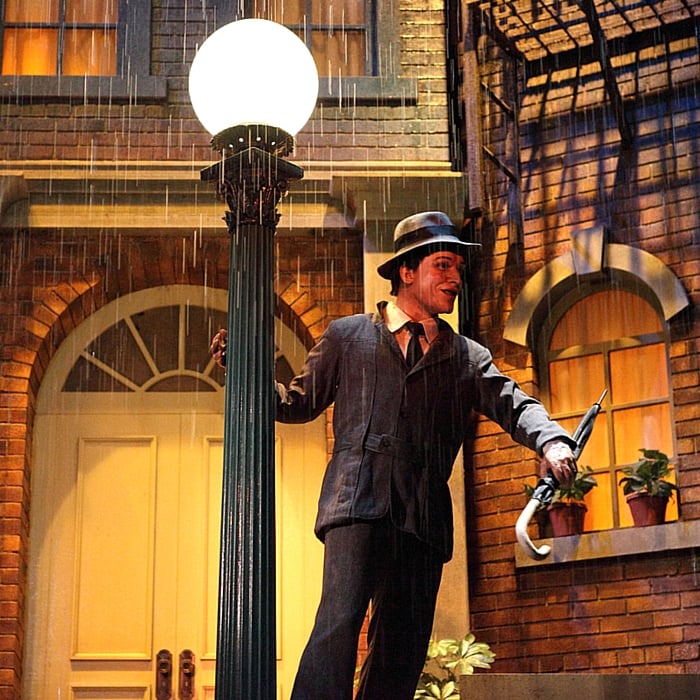
by Brave Writer alum, Kyriana Lynch
Singin’ in the Rain, the classic musical starring Gene Kelly, Debbie Reynolds, and Donald O’Connor, was released over sixty years ago in 1952. Since then, it has become a household name as much as “bacon and eggs” (to quote the film).
The trivia about the film is abundant and oh-so-fascinating. Watch—or re-watch—the movie with the family, and discuss the trivia together!
Debbie Reynolds was only 19 when she began filming this movie, and it was her first major film. Prior to Singin’ in the Rain, she was a gymnast and had no dance training.
Gene Kelly, a notorious perfectionist, criticized Reynolds’ dancing ability repeatedly while filming. One day, after some harsh words, she hid beneath a piano to cry. In a twist of Hollywood fate, she was found hiding by none other than Fred Astaire, who gave her some dancing advice.
During the “Good Morning” dance number, she kept up with Gene Kelly and Donald O’Connor for fourteen hours of dancing, only to be carried off set with bleeding feet. Later, Kelly would say of her, “Debbie was strong as an ox and could work for hours.” However, Reynolds maintained that, “The two hardest things I ever did in my life are childbirth and ‘Singin’ In the Rain’.”
Debbie Reynolds wasn’t the only dancer having difficulties in the film. Even Gene Kelly struggled through filming the iconic “Singin’ in the Rain” scene. The scene took seven days to film, with six hours spent in the fake rain each day. Not only was the water mixed with milk to make it show better on camera, but the mixture made Kelly’s suit shrink. Even worse, the whole time while filming Kelly had a cold and a high fever.
Donald O’Connor’s “Make ‘Em Laugh” dance has been described as one of the most complex numbers in cinematic history, and has never been repeated perfectly. After working himself to exhaustion filming the number, O’Connor was forced to rest for several days. Then, he learned that the film had been damaged. O’Connor had to record the entire scene all over again!
While recording the speaking voice for “The Dancing Cavalier,” it was decided that Debbie Reynolds’ speaking voice was not rich enough. Instead, the actress for Lina Lamont, Jean Hagen—who in reality had a beautiful voice—recorded the speaking voice in the scene. So in the film, Lina was dubbing Kathy who was dubbing Lina’s voice!
An initial idea for the ending featured Lina Lamont in a movie called “Jungle Princess,” where she would speak only in grunts. Also, she and Cosmo would have married.
Only two songs were written for the film: “Moses Supposes” and “Make ‘Em Laugh.” The other songs were all taken from previous MGM films. Thus, the screenwriters were given a list of songs and had to connect them into the script for the movie.
Hope you enjoyed learning these trivial tidbits! Do any of them change how you view the movie or the actors and actresses in it? Discuss your reactions with your family!
Need help commenting meaningfully on plot, characterization, make-up and costumes, acting, setting and even film editing? Check out our eleven page guide, Brave Writer Goes to the Movies. Also, tell us about a film you and your kids watched together (along with a pic if you have one) and if we share it on the blog you’ll receive a free copy!
Image by Sam Howzit (cc cropped)
Posted in Wednesday Movies | Comments Off on Movie Wednesday: Singin’ in the Rain
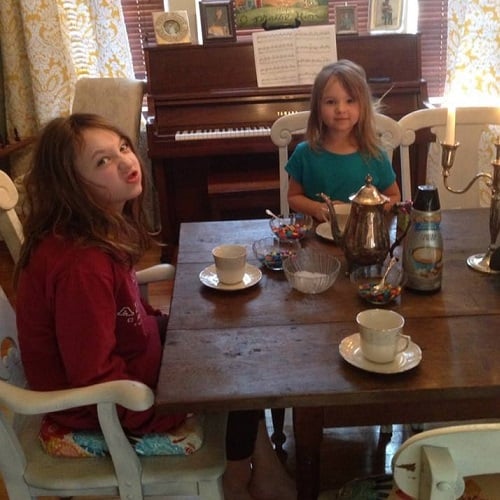 When we have tea it is usually with our breakfast. (Notice the crazy bed hair in the pic.) We enjoy powdered doughnuts, and pastries. We do read poetry at times, but this is often when we choose to do our daily read aloud.
When we have tea it is usually with our breakfast. (Notice the crazy bed hair in the pic.) We enjoy powdered doughnuts, and pastries. We do read poetry at times, but this is often when we choose to do our daily read aloud.
The funny thing is that I really intend this to be for my 10 year old, but it’s my 5 year old that begs for tea time! She wants to have tea everyday. I recently went on a family vacation and came across the most beautiful tea set in a little gift shop. I bought it to add to our excitement. Tea time has been such a fun addition to our schooling.
Tea and snacks make everything even better.
Jennifer
Image (cc)
Posted in Poetry Teatime | Comments Off on Poetry Teatime: Makes everything better
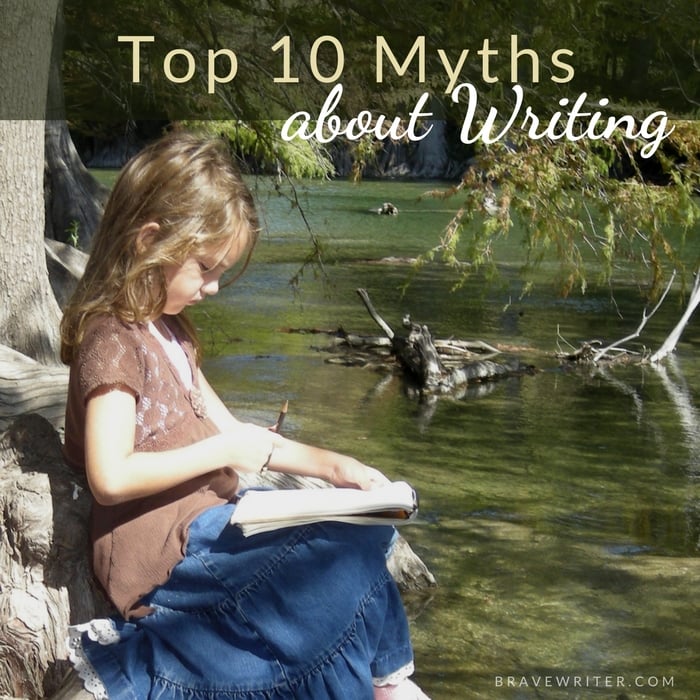
Here are the top 10 myths about writing:
Not so. Speech is the source of voice—writing voice comes from being in touch with how the writer generates language and insight. These are first experienced in speech and then modified and expanded for writing. Valuing speech (even jotting some of it down for your fledgling writers) helps kids learn to value their thought lives, which in turn helps them to know what should be on the page/screen. Tell your kids that what is in their heads, what they might say aloud IS what you want to see on their papers. Once it’s there, you can mess with it.
Nope. Formats act like straight jackets. They tell children too quickly what can’t be included. Formats require a well planned outline and the ability to hold sequence and detail in the mind before writing anything at all. The best use of formats is after a period of freewriting and revising (revising the content to make it pop or feel more complete). Then the sentences can be rearranged to suit a format. But start with freedom and revise to format. Never start with format.
My revision of this idea is: Interact with writing every day. Some days read it, some days copy it in your own hand, some days use bits for dictation or word play, some days play a word game, some days revise a draft, some days edit a revised draft. And, of course, on some days, write from scratch! It’s exhausting to come up with original thought through original language every single day. Don’t require that of your kids. Engage language every day and they’ll be just fine.
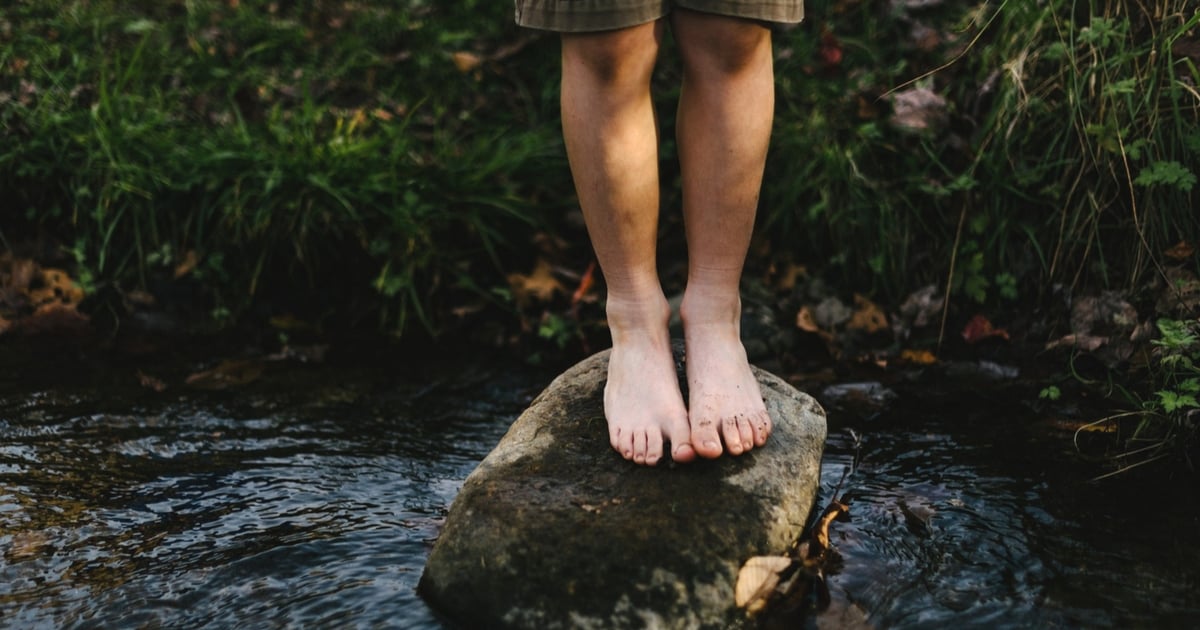
Imitation is challenging for 4th graders. And 12 year olds. And grown ups! The pressure to “outdo Aesop” is unnecessary. Read the masters. Use their quotable quotes for copywork and dictation. Allow their writing styles to naturally infiltrate your own. But do not deliberately try to write like your favorites (except for fun, fan fiction, or as a language play tool). You want to sound like YOU in your writing, but you also don’t mind if you pick up a bit of a JK Rowling accent or a little EB White on the side.
Please don’t do this for more than a word or two (best to use the thesaurus when you are trying to replace a term that repeats itself). Instead, when you see a word that is weak, consider replacing not just the word, but the sentence. Add detail, include an experience, expand the idea, create an analogy. Weak writing is not improved by better vocabulary. It is improved by more writing.
The best stylists advise removing every word that ends in “ly.” The use of adverbs is seen as “lazy writing.” For instance, “Instantly, she jumped from her seat.” The jumping is already an expression of “instantaneous action.” Delete the adverb, add power: “She jumped from her seat!”
In academic writing, “ly” words can be covers for an explanation of the fact. “The study positively shows the effects of the drug.” Better to make it clear—are the effects positive or is the study reliable? “The study shows that the effects of the drug are positive when taken with x, y, and z” or “The study showcases the effects of the drug by using hard data, not only anecdotes.” To review: weed out adverbs to enhance the power of your writing. Ask yourself: “What do I want to say with this adverb?” Then say it!

Not so! Ever since the revolution of postmodernity in the academy, the humanities (in particular) allow writers to indicate their “social location” (to explain who they are and how they relate to the topic for writing, if relevant). It is commonly understood today that writers bring bias and personal experience to their research. It’s important to be explicit about how those biases and experiences impact the writer’s position. The use of “I” is limited to writing about personal experience, not used for “I think” or “I believe” writing.
Reverse the sentence. Paraphrasing requires citation just like direct quotes require citation. Always give credit—you can’t overdo it.
Journaling is not necessary for growth in writing. Writing is. Any kind of writing. Facebook, twitter, texting, papers, stories, and journaling. The only people who should keep a journal are those who wish to. Journaling need not be done in the morning, either (what’s happened in the day to write about by 9:00a.m.?). Journaling before bed is a nicer time to record the day’s thoughts. Journaling only about special occasions, or when life is painful is equally valid to the “daily diary.” Let journaling be the individual’s choice.
This is my favorite myth to bust! No child learned to speak in isolation or without scripts given to that child to repeat. Likewise, it is entirely too challenging for children to go from barely reading and handwriting to transcribing their own thoughts all the time. It’s perfectly fine for you to jot things down for them, or to dictate their own words back to them as they write, or for the final product to be a mixture of your words and theirs. This is how every other practice in a child’s life happens—your help until they can do it alone. Writing works the same way.
Go forth and support good writing practices!
Top image by Brave Writer mom, Lisa
Posted in Writing about Writing | Comments Off on Top 10 Myths about Writing

I’m a homeschooling alum -17 years, five kids. Now I run Brave Writer, the online writing and language arts program for families. More >>
IMPORTANT: Please read our Privacy Policy.









